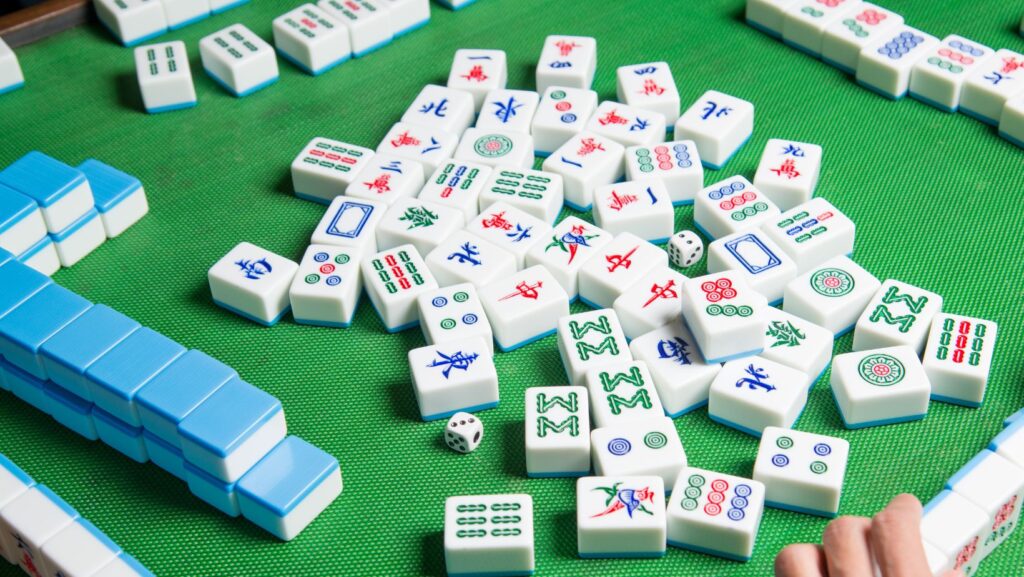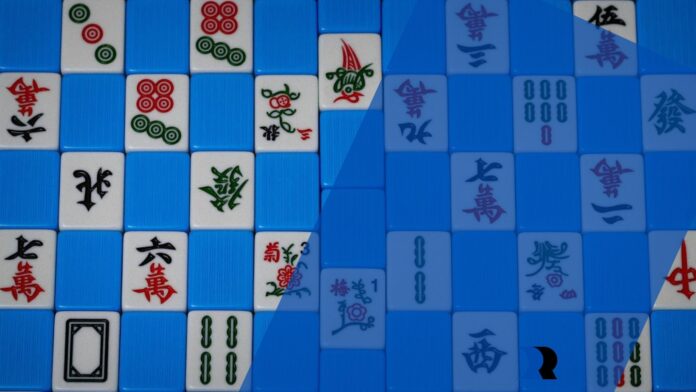For centuries, mahjong has been more than a pastime. This tile game is centuries old and Chinese in origin, and used to sit on family tables and during community gatherings. In the course of time, it came along with immigrant families, carrying culture and memory into new nations. The formerly popular game among the older generations has found a surprising resurgence in popularity, and it is fully accepted by millennials, Gen Z, and people who enjoy spending time together in a more social manner.
The game has become a heritage link in the United States and more so amongst the younger Asian Americans. Sitting at a table, touching the tiles, and playing against each other face-to-face creates some rhythm that is impossible to find with screens.
Once the pandemic ended, and people were ready to connect, it started to go back to groups not only at home but also in fashionable clubs and bars. Certain establishments have introduced the tile game alongside DJs, theme cocktails, and colorful lights. The arrangement is similar to a night out more than a peaceful get-together, and yet the essence of the game is: strategy, laughter, and comradeship.
Social Media Influence and Streaming
The resurgence has not only occurred in the offline world. Twitch and YouTube streamers are educating new players, discussing tactics, and introducing the Chinese classic to the audience of the world. Newcomers can follow the successful plays of talented players and thus enter the game without being intimidated. Curiosity is created through tutorials and live matches, and soon enough, the viewers are playing the game themselves.
Too much has been assisted by celebrity attention. It gained new interest when actress Julia Roberts spoke about her interest in the pastime. The association with a well-known personality was a reminder to viewers that the game is not in stasis, but active, competitive, and up-to-date. All these opportunities, in a word, keep the old tile game in the minds of millions of potential customers.
Electronic Resources and e-Applications
The other significant contributor to its increased popularity has been technology. Smart applications and web solutions have resulted in an experience that is as simple to commence as making a call using your mobile phone. Players can be introduced to AI basics with the help of AI tutorials, and real-time multiplayer enables friends to play regardless of where they are. The characteristics have made this traditional pastime open and available to every individual who is willing to give it a chance.
According to industry reports, the online version is a billion-dollar market, which is expanding along with other digital games. International events such as the MCR Marathon or the 2025 World Championship are assisting in moving the hobby to a competitive level. By offering prizes, rankings, and a global viewer, the game that used to be in the comfort of their living room now appears more like an esports.
To a good number, the apps preserve the memory of the pastime and provide the convenience that the players of today are accustomed to. This game, which has a long history of literally being played on tables, is just carving its own digital stage, just as poker did.
Standardization and Global Appeal
One of the challenges for new players used to be the different regional rules. Families often had their own way of playing, which made the learning curve steeper. Today, standardized platforms have simplified the experience, giving everyone a common starting point.

Japanese-style Riichi has been particularly effective in winning over Western players. Popularized by anime, manga, and video games, it strips away confusion while keeping strategy front and center. Its streamlined rules and competitive edge make it a favorite for those drawn in by digital tournaments.
This merging of heritage and modernization explains the global momentum. From tiled tables in living rooms to glowing screens in mobile apps, from family traditions to esports-level contests, the ancient Chinese game has managed to adapt without losing its heart. What began as a symbol of community has found new life in clubs, streams, apps, and international tournaments, proof that tradition can thrive in modern culture when given the right stage.


